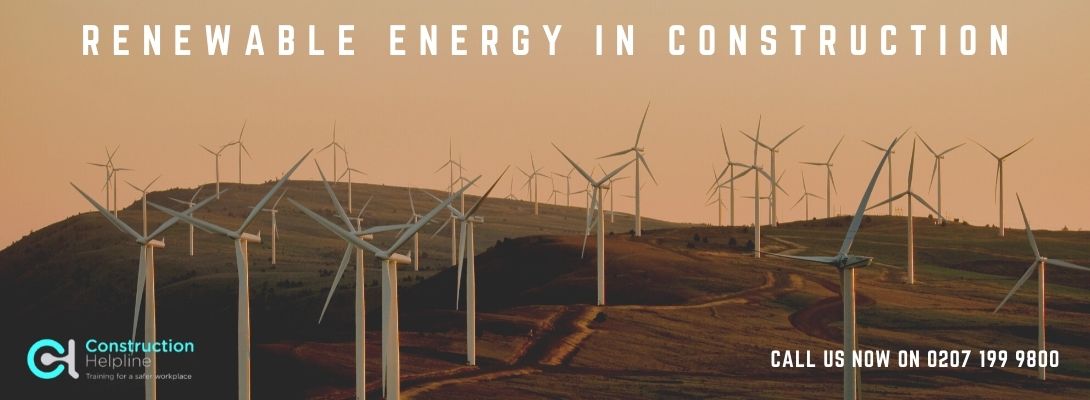The use of renewable energy sources has been a staple trend in the construction industry that is causally linked to improving energy effectiveness, cost efficiency and the reduction of emissions of harmful substances. The construction industry is now on a firm path in becoming a highly progressive sector if companies continue to maintain their investments in renewable energy and sustainable practices. Solar, wind, hydroelectric and geothermal energies are all being explored and championed within the construction sector.
Renewable energy systems locate applications in indoor heating, water heating, and electricity generation for lighting and powering household electrical appliances.
How renewable energy sources interact with a private home:
Solar energy is used in the heating systems, in daylight lighting solutions and in electrical installations with photocells.
Biomass energy is used in boilers to burn wood chips, wood, pellets, or straw.
The energy contained in the environment is used in heat pumps,
waste energy (by recovering heat from ventilation, wastewater, and others).
The use of non-conventional energy sources in design and construction entails the introduction of significant additions to all aspects of the project: urban planning, functional, space-planning, architectural and artistic, constructive, and engineering.
Solar energy
The most popular device for converting solar thermal radiation is the solar collector. It is a heat exchanger designed to convert electromagnetic energy from solar radiation into heat. These systems can be used in individual residential buildings, communal facilities (schools, hospitals), leisure centres, sports, tourist centres, as well as for heating water in outdoor and indoor swimming pools.
Solar panels are more common in public buildings where they are integrated with the architecture. It is possible to change the shape of the building to increase the area for placing solar panels: rotation of the floors relative to the conditional axis of the building, the stepped configuration of the building also allows you to place power plants on the roof, varying the angle of inclination depending on the climatic region of construction and orientation to the cardinal points.
Wind energy
The same techniques are used to generate wind energy: it is necessary to provide a space for placing equipment, consider the climatic features of the construction area and the orientation of the object. A particularly important role in using wind energy plays the aerodynamic properties of the building. The aerodynamic characteristics are influenced by the geometric shape and size of the building, the force of the oncoming wind flow, as well as the surrounding buildings.
The use of water energy implies, first, the presence of water area in the construction zone, this limits its use. Now the development of groundwater energy is starting, which makes it possible to use hydropower more often.
In modern design, the main task is to combine architecture and ecology, to form the concept of “architectural energy”. This approach will allow designing and constructing buildings in which integrated renewable energy sources can be harmoniously integrated into all aspects of the structure. The introduction of energy efficient technologies has a characteristic impact on the design, and it becomes necessary to analyse in more detail the natural and climatic characteristics of the construction area.
The result of the alliance of architecture and ecology will be the concept of a building with zero energy balance. This means that the facility can be completely energetically self-sufficient, selling surplus energy to the citywide grid. This goal can only be achieved through the joint creative work of the architect, engineer, researcher, and nature itself, based on optimizing the orientation and shape of the building, using daylight, natural ventilation, heat pumps and renewable energy sources.


